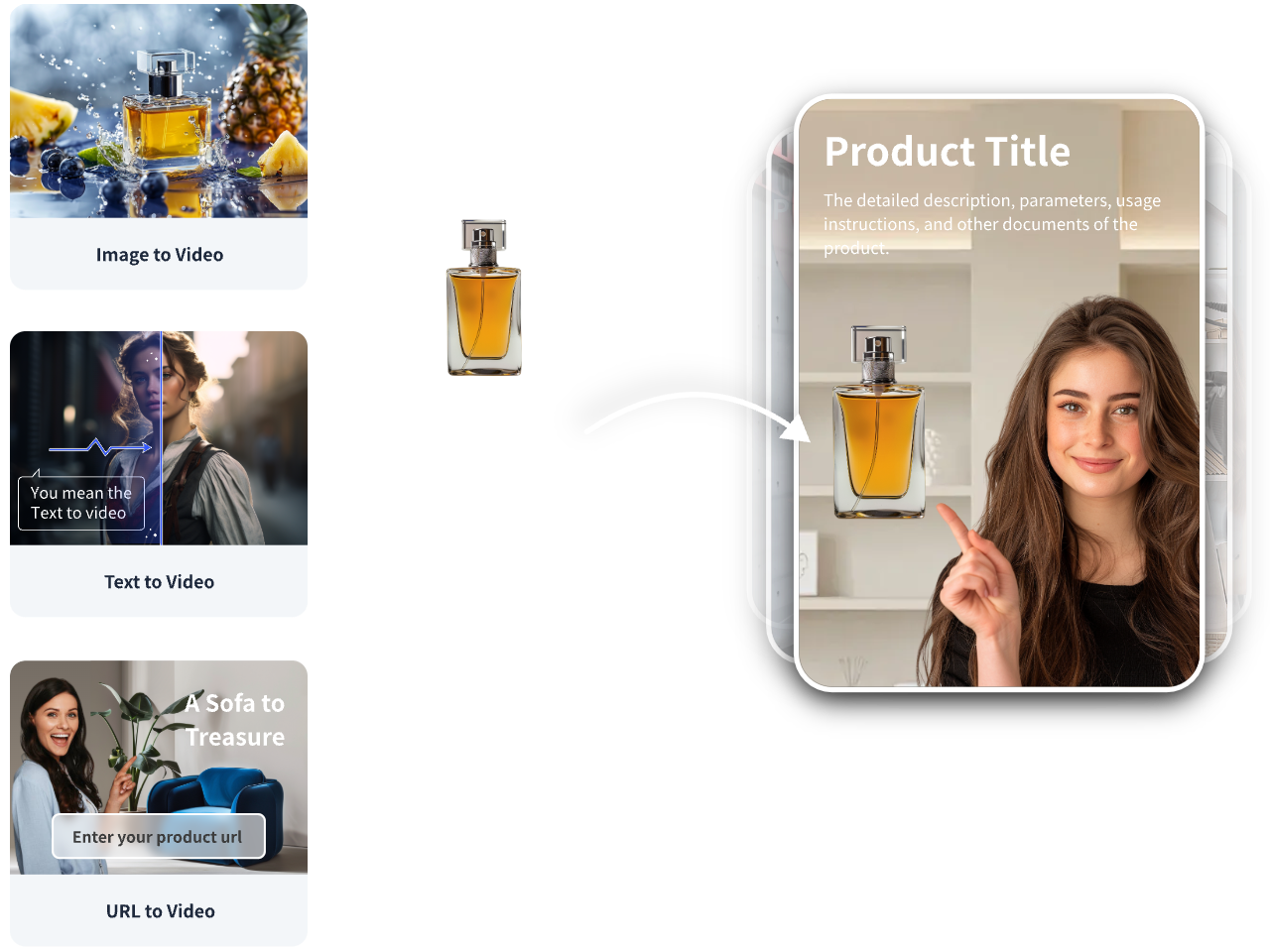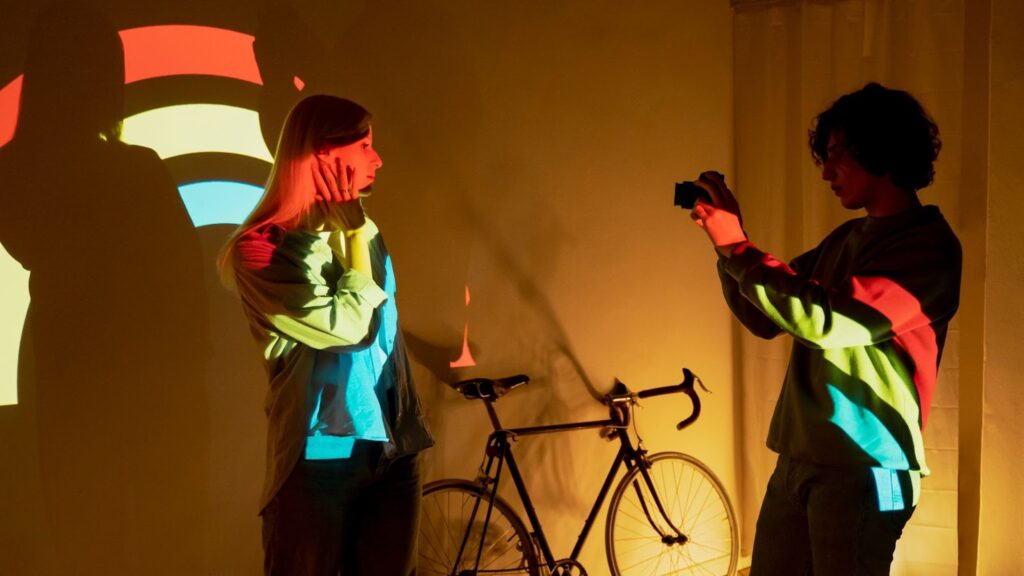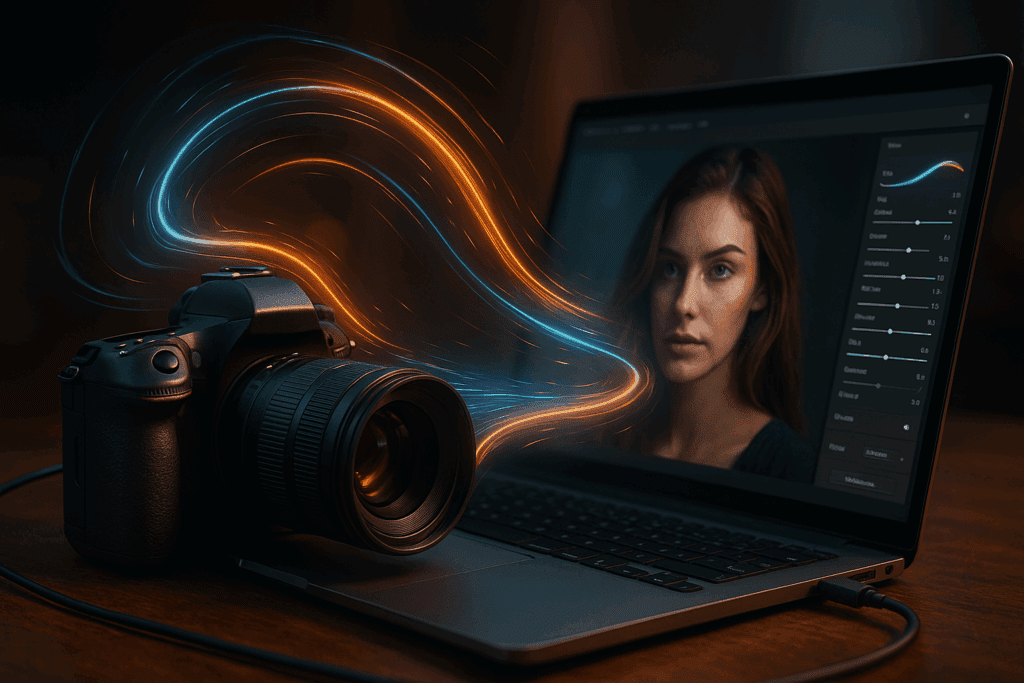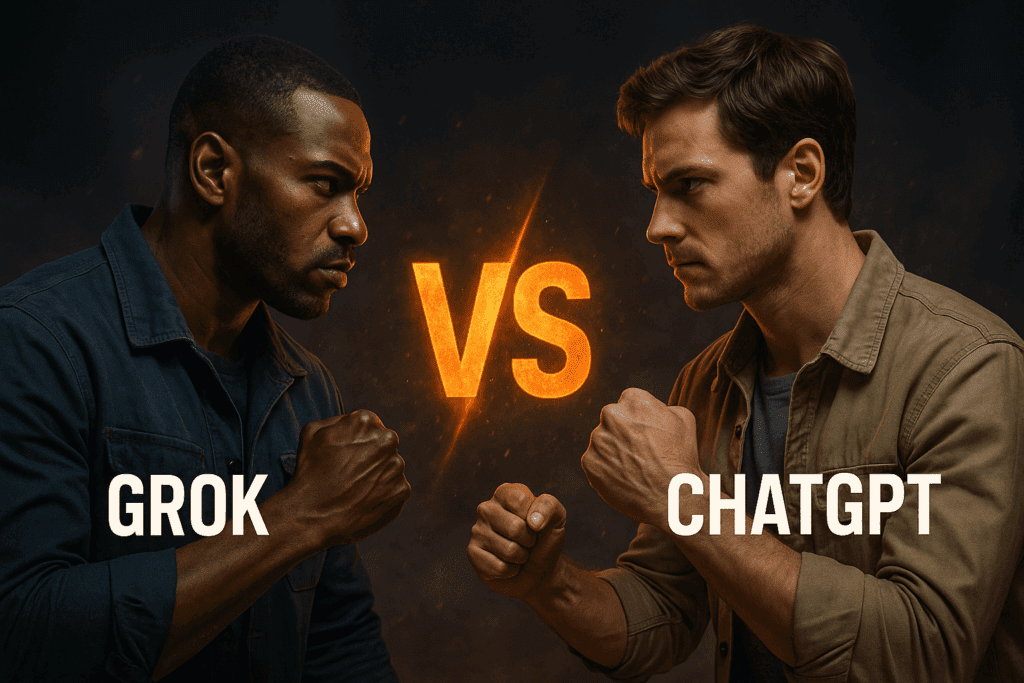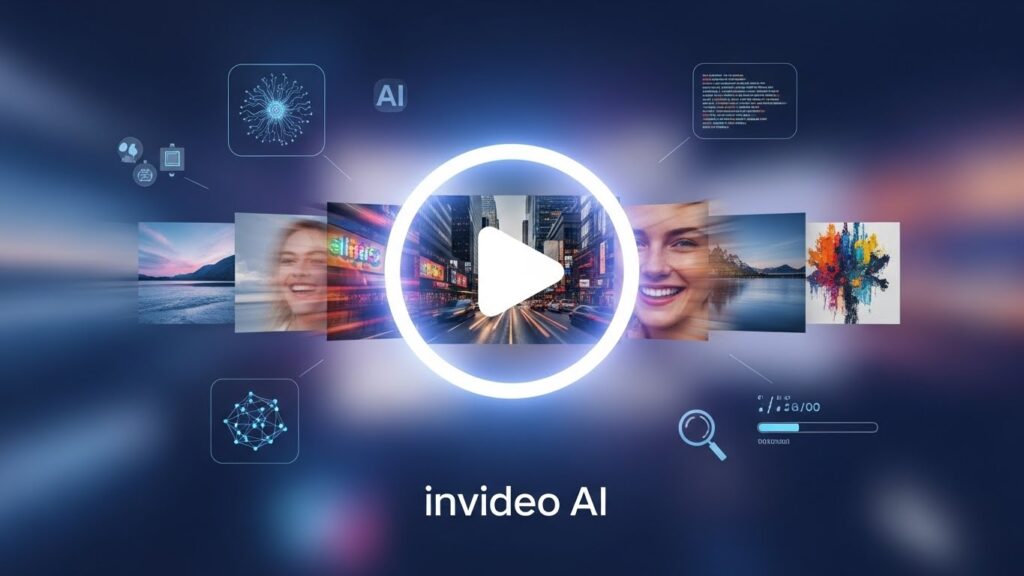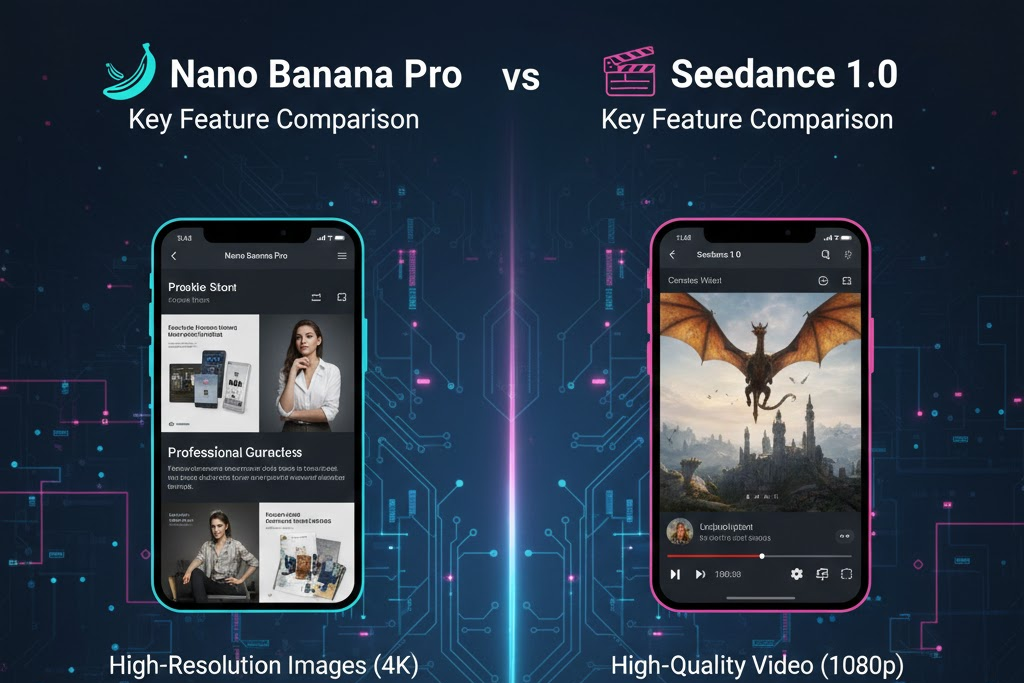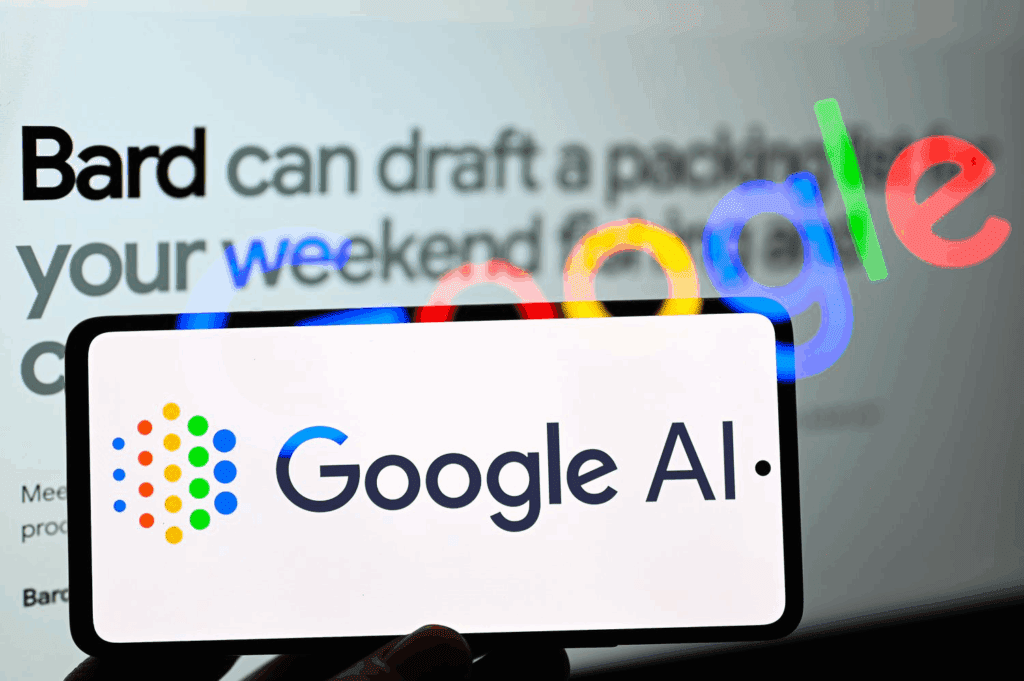AI Photo to Video: Transform Your Still Images into Captivating Motion with AI
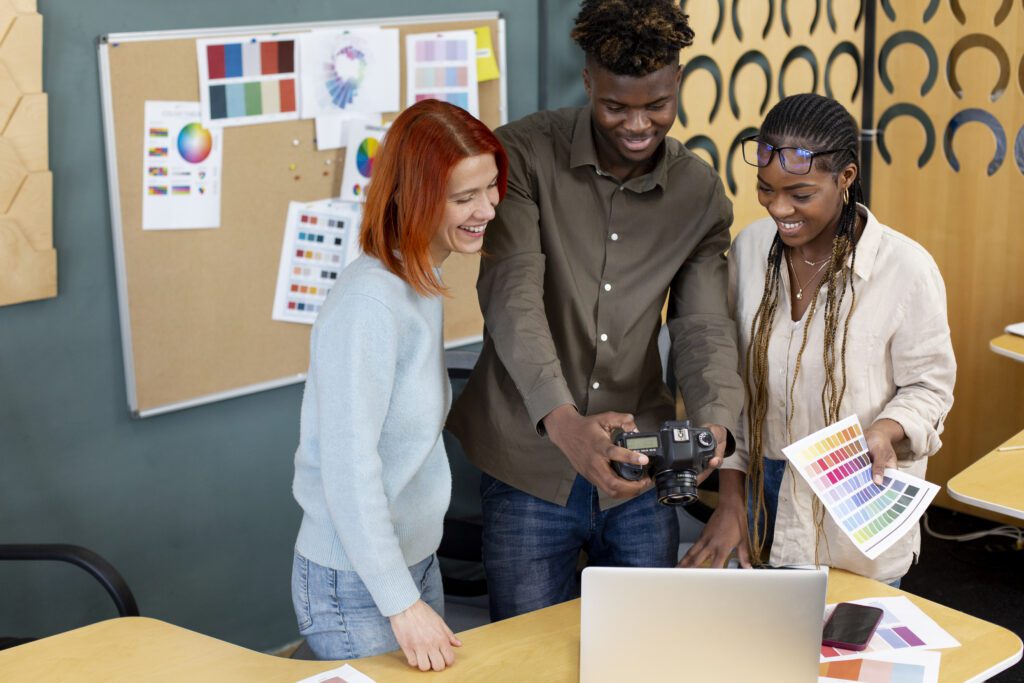
If you have ever wished a still image could breathe, ai photo to video makes that happen. With a few clicks, your photo turns into motion that feels natural and fun. As we go, you will learn what it is, how it works, and where it shines. You will also see how creators use VidAU AI to speed things up.
What Is AI Photo To Video?
In simple terms, a model predicts how a camera might move through your scene and then draws new frames. That is the gist of ai photo to video. It reads shapes, finds edges, and estimates depth. Then it creates a clip from a single image. Typical outputs run 4 to 10 seconds and export at 720p or 1080p. For social feeds, those numbers are more than enough.
You will see popular names around this space. VidAU AI supports Veo 3 and keeps the flow fast. Google’s Gemini Veo 3 can add smooth camera moves. Runway Gen-3 handles motion with strong detail. Adobe Firefly focuses on safety, credits, and licensing. Luma AI leans into 3D feel. These tools keep raising the bar. As a result, creators get cleaner results every month.
How Does AI Photo To Video Work?
Behind the scenes, the model builds a soft 3D map from your 2D photo. It guesses what sits near or far, and it fills gaps that never existed. Because it draws in new pixels, the clip looks like a slow camera move. When you see a smooth dolly or a gentle zoom, that is the model in action.
Some tools add text prompts. That way, you can nudge the move with a short line. You can say “slow push in with light dust” and get that style. This is why ai photo to video feels flexible for so many teams. It also explains why ai image to video clips keep getting better. Meanwhile, image to video ai now supports common aspect ratios like 9:16, 1:1, and 16:9. For many users, render times sit between 5 and 30 seconds in the cloud.
Where Can You Use It Right Now?
You can use this effect in more places than you think. Product pages need motion that loads fast. Social posts need a hook in the first second. Ads need a tiny story that sells. With photo to video ai, all of those get a lift. For a simple post, a gentle zoom is often enough. For an ad, a parallax move makes the subject feel real. And for a landing page hero, a calm pan keeps bounce rates in check.
How To Turn A Photo Into A Video With AI
You asked for steps that anyone can follow. Here they are.
Try It With VidAU AI
Use the VidAU Image to Video
- Pick a strong image. Faces and product shots work well, and ai photo to video loves clear edges.
- Upload the file. Then add a short motion prompt if you like.
- Choose aspect ratio and length. For Reels, 9:16 at 5 to 8 seconds works.
- Click generate. With ai image to video, the preview arrives fast.
- Review the move. If the camera feels too hot, reduce the intensity.
- Export the MP4. With image to video ai, file sizes stay lean for social.
- Post it. Because you saved time, run a quick A/B test and keep the winner.
- Repeat on more images. Photo to video ai works well as a batch task.
VidAU AI keeps the flow simple, which is why many creators like it. Also, the tool plays nice with common formats. So you can stay in your current workflow and ship on time.
Popular Image To Video Models And Limits
| Model | Typical Length | Common Aspect Ratios | Audio Support | Notes |
|---|---|---|---|---|
| VidAU AI | 4–10 sec | 9:16, 1:1, 16:9 | Varies by model | Supports Veo 3. Fast 3 step flow and clean exports. Great for batching. |
| Gemini Veo 3 | 4–8 sec | 9:16, 1:1, 16:9 | Limited | Smooth camera moves with strong depth feel and crisp details |
| Runway Gen-3 | 4–10 sec | 9:16, 1:1, 16:9 | Yes | Good detail on faces and products with flexible motion styles |
| Adobe Firefly | 4–6 sec | 9:16, 1:1, 16:9 | Limited | Clear focus on safety, credits, and licensing for teams |
| Luma AI | 4–8 sec | 9:16, 1:1, 16:9 | Limited | Solid 3D sense on landscapes and scenes with strong geometry |
What Makes A Great AI Photo To Video Clip?
Strong source images win. Start with crisp focus, clean edges, and good light. Then think like an editor. Short beats long. Gentle beats wild. For product shots, a slow push in works better than a hard tilt. For portraits, a light parallax feels natural. Because ai photo to video invents pixels, blur can creep in at the edges. So keep moves subtle. As a result, the clip feels more real.
Quick Tips For Better Results
- Use 2048 pixels on the long side when you can.
- Keep prompts short. Simple words work best.
- Try three moves. Then keep the most watchable one.
- Add sound in your editor for extra lift
Conclusion
You now know what the effect is, where it works, and how to ship results fast. With a strong source image and a simple move, ai photo to video turns a still frame into a tiny story. Use VidAU AI when you want speed and consistency. Start small, test fast, and scale the winners.
FAQ’s
How long should my clip be?
Short clips win on social. Try 5 to 8 seconds at first. If watch time holds, go to 10 seconds. The loop should feel natural, not forced.
What image formats work best?
PNG and high quality JPG files are safe picks. Bigger is better up to a point. If the long side is near 2048 pixels, you are in a sweet spot.
How long are the generated videos?
Most AI tools create short clips between 5–15 seconds, ideal for social posts.
What makes AI photo to video different from text to video?
Photo-to-video starts from an image input, while text-to-video uses only text prompts to generate entirely new visuals.
